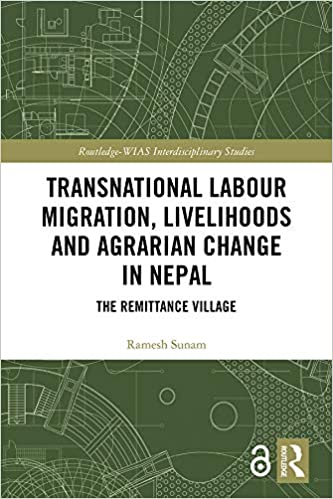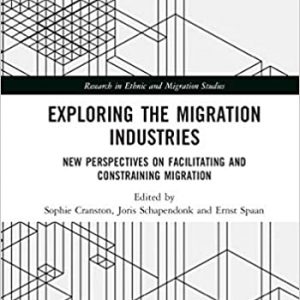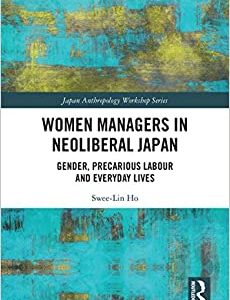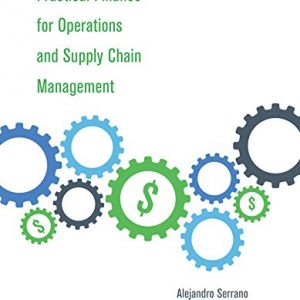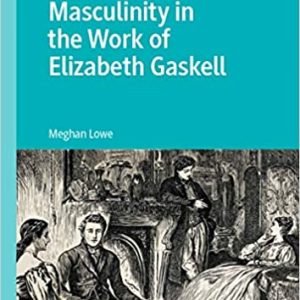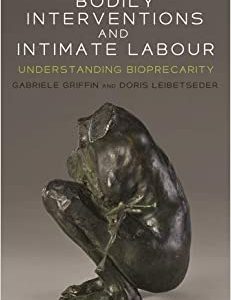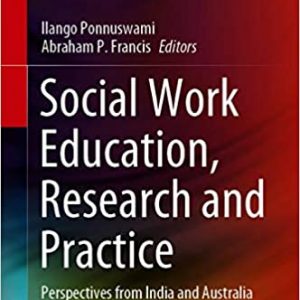Through the prism of a Nepali remittance village, this book critically examines poverty and livelihood dynamics remade through transnational labour migration and remittances, and their interrelationships with land, rural labour and agriculture.
The concept of The Remittance Village emphasises rural people’s transnational mobilities as a key feature of contemporary dynamics in many parts of the Global South, which are reconfiguring rural social, economic and ecological textures. Sunam challenges complacent linear narratives that assume new opportunities such as transnational migration, and remittances provide better pathways for the rural poor to come out of poverty, as well as narratives that understate the importance of land and farming for the rural poor. He demonstrates both that new opportunities are inaccessible for many poor people and that accessing these opportunities often engenders increased precarity and vulnerability. In The Remittance Village, he finds that even those accessing new opportunities are successful only when their household member(s) are simultaneously engaged in in-situ (non-)agricultural activities.
This book is a valuable resource for scholars and students from a range of interdisciplinary backgrounds, including human geography, anthropology of development, and sociology. It is also recommended reading for policy makers, international development agencies and I/NGOs working on rural development in the Global South.

